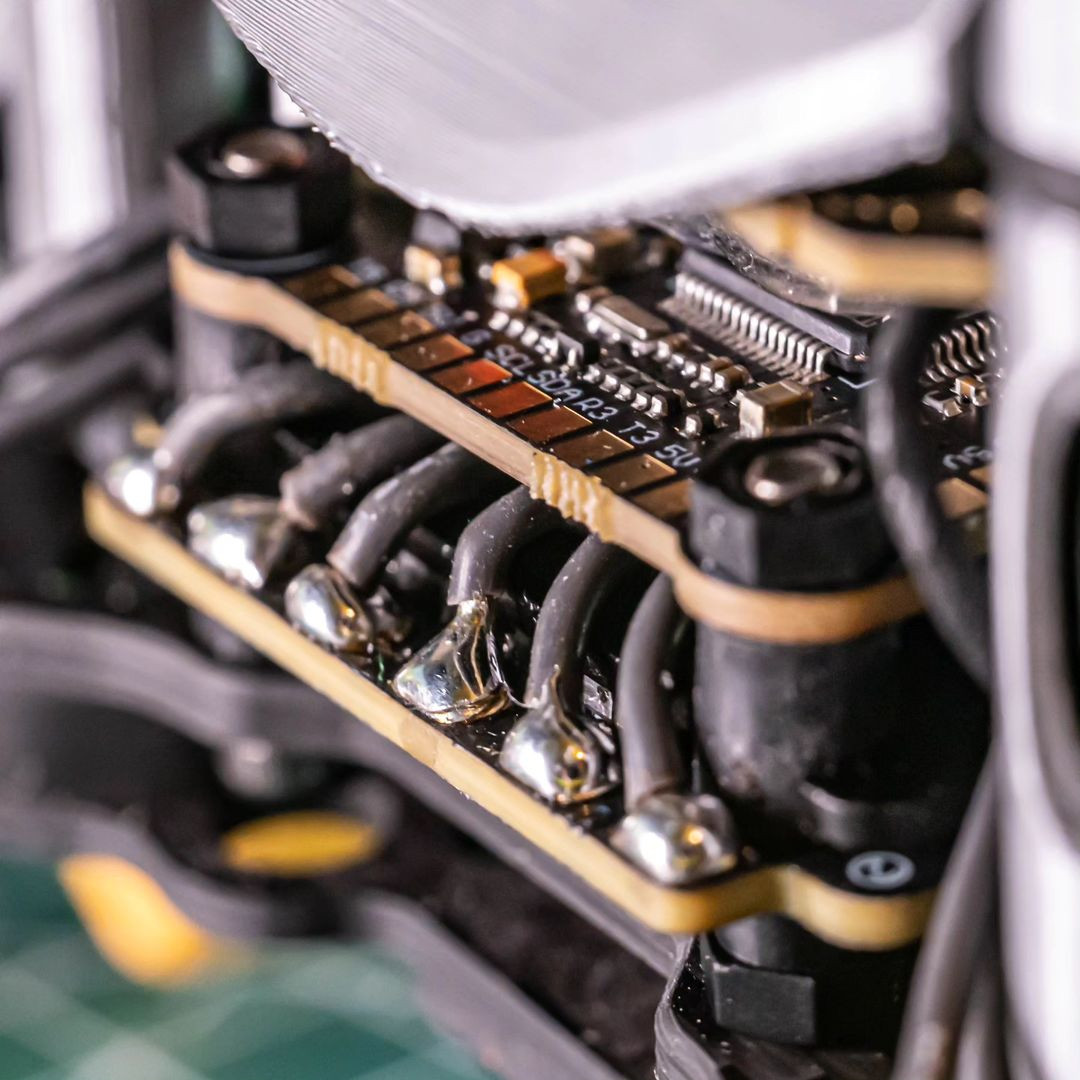
Modelisme Blog

We'll go over the foundations of Electronic Speed Controllers (ESCs) and their important function in First Person View (FPV) drones in this article. This thorough summary seeks to offer crucial details on voltage and current ratings, the benefits of various ESC kinds, and an ESC's internal construction. We'll also highlight some notable MEPSKING items that you could find useful for your FPV drone, including the MEPS ESC. Now let's explore the realm of ESCs.
MEPSKING is a well-known brand in the industry, specializing in 6S brushless motor, FPV drone ESCs, and drone flight controllers with sixteen years of experience in UAV propulsion systems. Establishing a recreational e-commerce platform with an emphasis on FPV propulsion technology advancement is their objective.
1. Recognizing ESCs
An FPV drone's ability to control motor speed is mostly dependent on its ESC, or electronic speed controller. In order to operate the brushless motor and reach the intended speed, it decodes throttle signals from the flight controller. Considering all the variables that affect performance, choosing ESCs of superior quality improves the whole flying experience. Direct current (DC) from the LiPo battery powers ESCs, which then take motor instructions from the flight controller and convert them into three-phase alternating current to power the motor.
2. Types of ESCs
The 4-in-1 ESC and the single ESC are the two main categories of ESCs. Four distinct ESCs, each controlling a different motor, are combined into a single circuit board to form a 4-in-1 ESC. 4-in-1 ESCs, which often match the size of the flight controller, make it simple to stack and install quickly with fewer solder connections, which minimizes the amount of wiring and soldering that is required. The ease of 4-in-1 ESCs is undeniable, but it's important to remember that if one ESC breaks, the entire board needs to be replaced. Nevertheless, the tremendous reliability of contemporary 4-in-1 ESCs reduces worries about these kinds of incidents. In the past, single ESCs—which regulate just one motor—were more common; but, lately, their use has decreased. Noteworthy products from MEPSKING, such as the MEPS 45A and the MEPS 60A ESC, are popular choices available in their store.
3. Establishing the Needs for the ESC
Make sure the ESC you choose for your FPV drone can manage the current draw from your chosen motor and propeller and is compatible with the voltage of your battery.
3.1 Ratings for Voltage
To avoid damage, be sure the ESCs you have chosen can handle the voltage of your battery. ESCs can handle input voltages as low as 6S, where 6S and 4S stand for the number of cells in your LiPo battery.
3.2 Present Assessments
The maximum current an ESC can handle without breaking is indicated by its ESC current rating, which is expressed in amps. The amp rating can only be too low; it cannot be too high. At the moment, there are two rating types: burst and continuous. Burst current specifies the maximum current for brief intervals, usually less than 10 seconds, whereas continuous current indicates the sustained current the ESC can safely take.
4. Choosing ESC Firmware
Since there is not much of a performance difference between BLHeli_S and BLHeli_32, any option is acceptable. Bi-directional DShot is now supported by both firmware versions, allowing RPM filtering in Betaflight. Even though BLHeli_S ESCs are more affordable, they may require more work to enable RPM filtering because doing so may require flashing third-party firmware (like Bluejay). By comparison, BLHeli_32 functions flawlessly right out of the box. The more recent model, BLHeli_32, has more sophisticated features like RGB LED support and ESC telemetry, however these features don't really affect flight performance. If you want an ESC that is more future-proof, go with BLHeli_32; if cost is a factor, go with BLHeli_S.

